Understanding Tension in Textured and Aran Crochet: Why It Matters More Than You Think
When it comes to textured crochet stitches — like front post stitches, cables, puff stitches, or bobbles — your tension can make or break your project. Even if you follow a pattern perfectly, uneven tension can distort shapes, flatten texture, or make your fabric stiff instead of soft and dimensional.
So, what exactly is tension, and how does it affect Aran and textured crochet patterns?
What Is Crochet Tension?
In crochet, tension refers to how tightly or loosely you hold and pull your yarn as you work your stitches. It determines how large your stitches are and how much yarn each one uses. Consistent tension is what gives your crochet work an even, professional look. When your tension is too tight, stitches shrink and the fabric becomes rigid. Too loose — and the pattern loses its structure. In textured crochet, this balance is especially critical.
Why Tension Is Crucial in Textured and Aran Crochet
Unlike flat or lace crochet, textured crochet patterns build height and dimension using layers of stitches worked in front or behind others. These techniques — like front post double crochet (FPdc), back post stitches, or crochet cables — rely on consistent tension to create well-defined shapes.
Here’s why tension plays such a huge role:
- Definition of Texture
When your tension is consistent, every post stitch stands out clearly, creating a crisp, structured texture. Uneven tension can cause cables to twist irregularly or puff stitches to vary in size. - Fabric Flexibility
Aran crochet fabrics are often thicker than average. If your tension is too tight, the piece will feel stiff and heavy. A slightly looser tension allows the fabric to remain flexible without losing definition. - Gauge Accuracy
Gauge matters even more in textured crochet because stitch height affects not only the look but also the fit of the project. A small variation in tension can dramatically change the final measurements of a crochet cable sweater or textured hat.
Common Tension Problems in Textured Crochet
- Tight Post Stitches: Pulling your yarn too hard when working around a post can shorten the stitch and flatten the texture.
- Uneven Pull on FPdc/BPdc: Some crocheters unconsciously tighten front post stitches more than back post ones, resulting in uneven rows.
- Yarn Splitting: If you have to fight your yarn because of tight loops, it’s a sign your tension (or hook size) needs adjusting.
How to Control Your Tension
1. Check Your Grip
Relax your hands and shoulders. Many crocheters tighten tension when working on intricate stitches or when focusing on keeping count. A relaxed grip allows more even tension across all rows.
You can even lie down if that feels comfortable to you ) Although, personally, I wouldn’t really recommend crocheting that way!

2. Use the Right Hook Size
If your fabric feels stiff, go up half a hook size. If it’s too floppy, go down one. Small changes in hook size can dramatically improve the balance of structure and softness in textured crochet stitches.
3. Practice with a Gauge Swatch
Before starting any Aran crochet pattern, make a gauge swatch that includes your texture stitches. This is the best way to understand how your natural tension behaves and whether you need to adjust.
4. Maintain Even Yarn Flow
Let your yarn feed smoothly from the skein. If it catches or snags, you may pull tighter without realizing it, affecting your post stitches and cables.
Look at your fingers
After a crochet session, take a peek at the fingers that guide your yarn.
If you see red marks, lines, or any irritation on your skin — that’s your sign! You’re probably crocheting with too much tension.
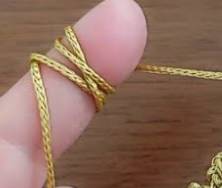
Try relaxing your grip a little, let the yarn flow more freely, and you’ll instantly feel the difference — both in your stitches and your hands.
5. Slow Down on Complex Rows
Rows with many front post stitches, bobbles, or puff stitches tend to tighten up because of multiple yarn overs. Work a little slower and check your stitch height after each repeat.
The Ideal Tension for Aran Crochet
The perfect tension for Aran and textured crochet is firm enough to make the stitches hold their shape, yet loose enough to allow the raised stitches to “breathe.”
A good rule of thumb:
👉 Your FPdc or cable stitches should stand out clearly without pulling the rest of the fabric out of shape.
Take a look at this photo — you can clearly see that the front post stitches are well-defined and stay at the same height as the rest of the fabric. They don’t pull or tighten the work; the fabric lies flat and keeps its shape.
This is exactly the result you should aim for at the end of each row.
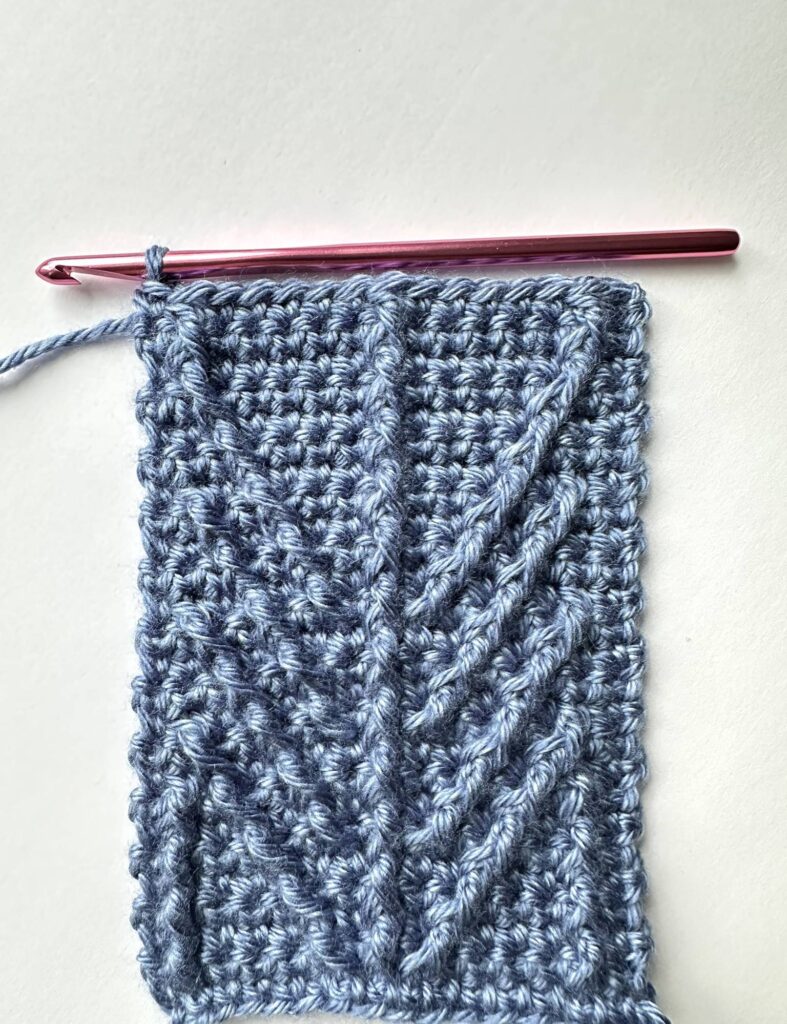
Final Thoughts
Mastering yarn tension in crochet is one of the most important skills for anyone who loves textured crochet patterns. It’s the invisible force that keeps your stitches even, your cables structured, and your finished piece beautifully balanced.
Whether you’re creating a crochet cable blanket, a waffle stitch scarf, or a bobbled cushion cover, take the time to test your tension — your textures will thank you.
Love exist. Just add a twist!
Olha

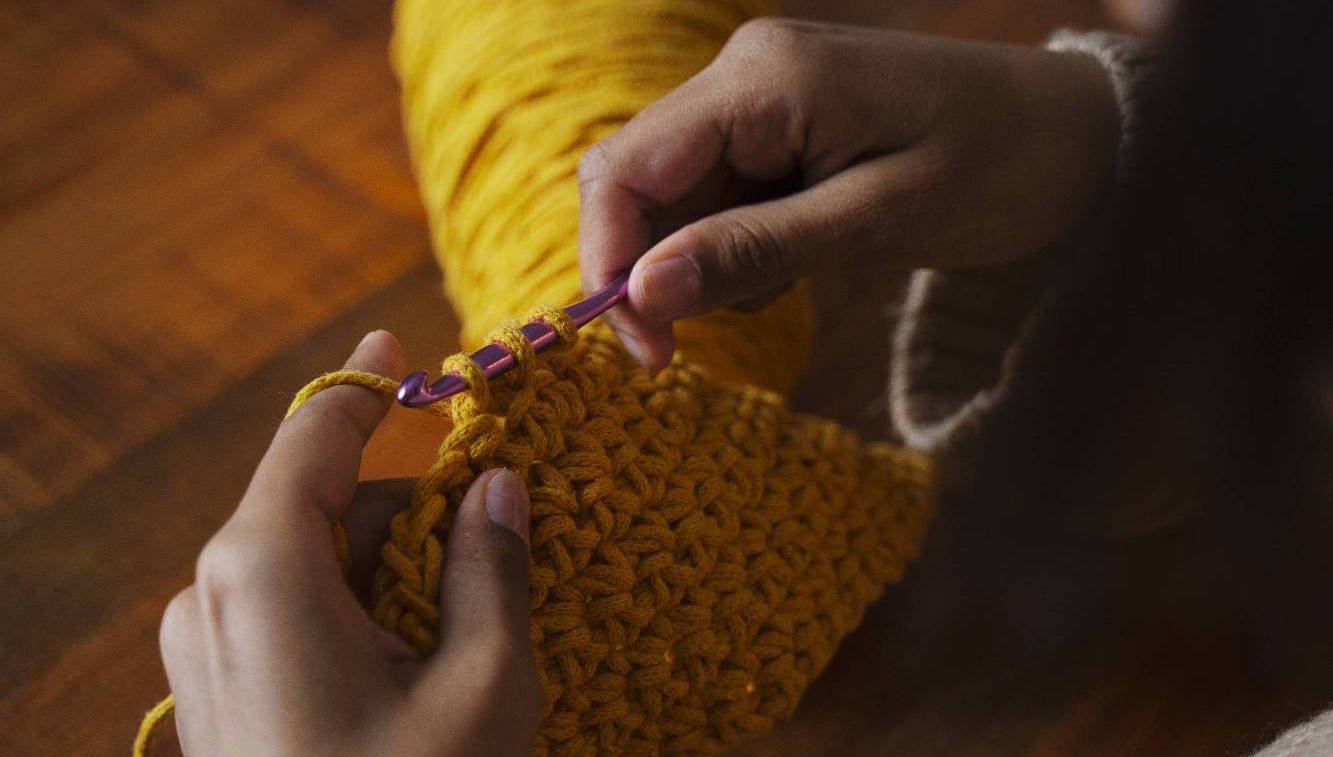
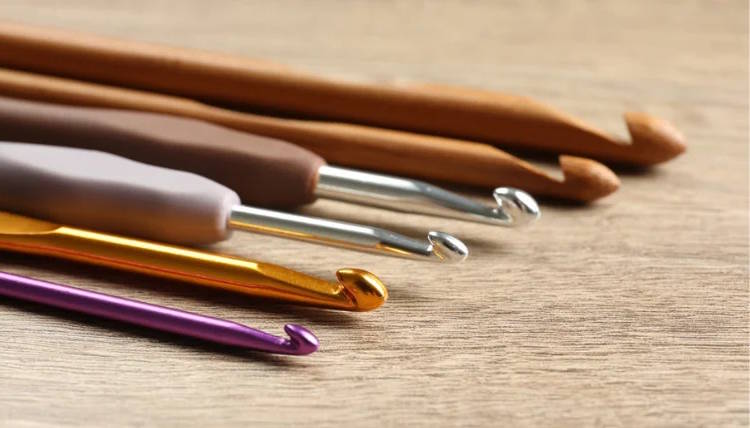
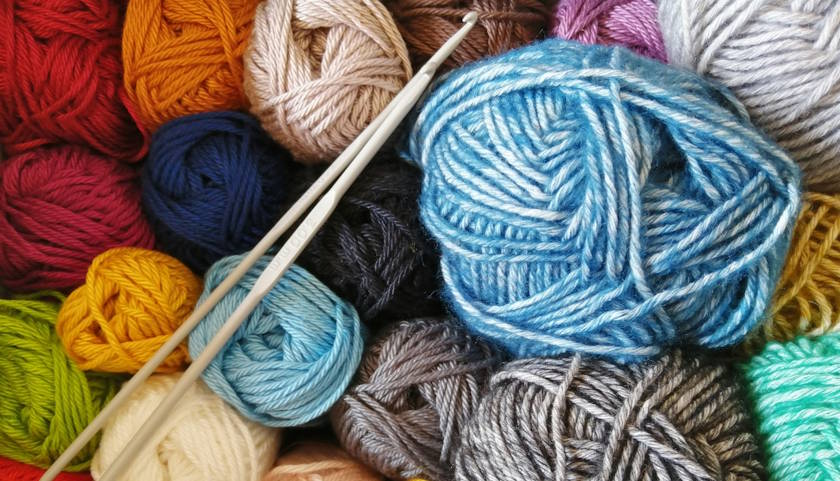
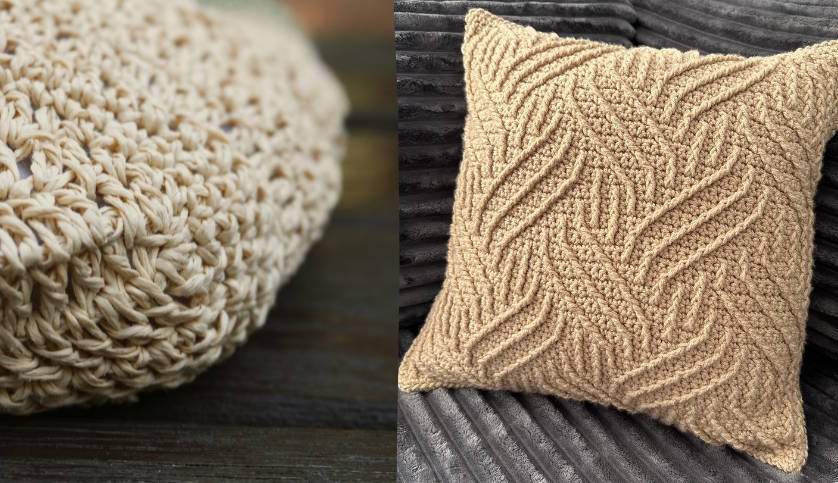
Leave a Reply